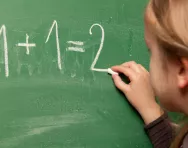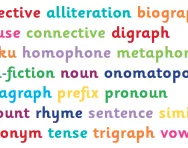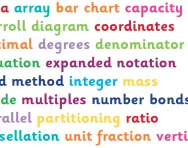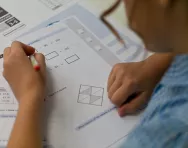Important update from TheSchoolRun
For the past 13 years, TheSchoolRun has been run by a small team of mums working from home, dedicated to providing quality educational resources to primary school parents. Unfortunately, rising supplier costs and falling revenue have made it impossible for us to continue operating, and we’ve had to make the difficult decision to close. The good news: We’ve arranged for another educational provider to take over many of our resources. These will be hosted on a new portal, where the content will be updated and expanded to support your child’s learning.
What this means for subscribers:
- Your subscription is still active, and for now, you can keep using the website as normal — just log in with your usual details to access all our articles and resources*.
- In a few months, all resources will move to the new portal. You’ll continue to have access there until your subscription ends. We’ll send you full details nearer the time.
- As a thank you for your support, we’ll also be sending you 16 primary school eBooks (worth £108.84) to download and keep.
A few changes to be aware of:
- The Learning Journey weekly email has ended, but your child’s plan will still be updated on your dashboard each Monday. Just log in to see the recommended worksheets.
- The 11+ weekly emails have now ended. We sent you all the remaining emails in the series at the end of March — please check your inbox (and spam folder) if you haven’t seen them. You can also follow the full programme here: 11+ Learning Journey.
If you have any questions, please contact us at [email protected]. Thank you for being part of our journey it’s been a privilege to support your family’s learning.
*If you need to reset your password, it will still work as usual. Please check your spam folder if the reset email doesn’t appear in your inbox.
3 steps to success in reading, writing and arithmetic
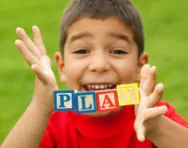
Confidence in reading, writing and arithmetic is the launch pad to success in a wide range of subjects, but the 3Rs can conjure up an uninspiring image of rote learning. However, in recent years, research in neuroscience has confirmed that the brain learns best when it’s having fun.
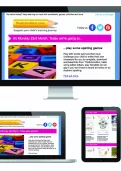
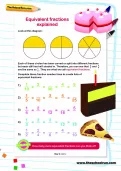
Boost your child's maths & English skills!
- Follow a weekly programme
- Maths & English resources
- Keeps your child's learning on track
So try these learning tactics that will keep your child smiling.
Step 1: Make ‘difficult’ words easy
‘Connectivity’ is a major buzz word in current brain research. It’s by making links and associations between parcels of knowledge that the brain is able to think, learn and remember. For example, say the word ‘tiger’ to yourself. Immediately, a myriad of associations will pop into your mind. Show children how to tap into this natural ability of the brain to make connections between things, and they can use it to make ‘difficult’ words much easier.
‘Difficult words’ are often those containing ‘silent letters’. For example, the ‘gh’ in the word ‘mighty’ is silent.
The following technique will help your child remember these letters.
- Write the word ‘mighty’ on paper.
- Underneath draw a simple stick man, flexing one arm, with a little semicircle to represent the muscle.
- Inside the semicircle write the ‘silent’ letters ‘gh’ in a bright colour.
- Now act out the word ‘mighty’ by flexing your arm and pointing to the muscle and saying out loud, “The letters ‘gh’ makes me mighty!”
- Let your child do this, too.
- Now encourage your child to make up a sentence, using this and other words - the wackier, the better.
Step 2: Use curiosity to keep children motivated
Curiosity is the natural spark that helps the brain to learn naturally. Whenever children encounter something new they ask what, where, when, why and how questions. So when it comes to the 3Rs, one of the first questions you may encounter is, “Why do I have to learn all this?” Fair enough! If someone told you that you had to understand how your car engine worked by tomorrow, your first questions would be, “Why? What’s in it for me?” Children are no different.
So entertain them with a gentle discussion. You are more likely to boost their motivation when they can see the benefits of learning.
Step 3: Let children get hands-on with arithmetic
Children like things they can see and touch. For this reason many are happy with numbers until they encounter abstract concepts like mathematical symbols. To help them out, try this:
- Take an old bit of card. Draw and cut out the symbols for addition, subtraction etc, together with the ‘equals’ sign.
- Let your child use different coloured paints to make each of the symbols attractive.
- Whilst you are waiting for the symbols to dry, write a few simple sums on small scraps of paper; fold each one up and put them in an empty dish.
- Put the colourful symbols, together with a group of objects, such as a bag of plastic balls or pegs onto the table.
- Pick one of the sums randomly from the bowl.
- Now ask your child to make up the sum (for example, 9 divided by 3 = 3) using the symbols and the plastic balls or pegs.
- Gently guide them when they hesitate and lavish praise when they are right!
